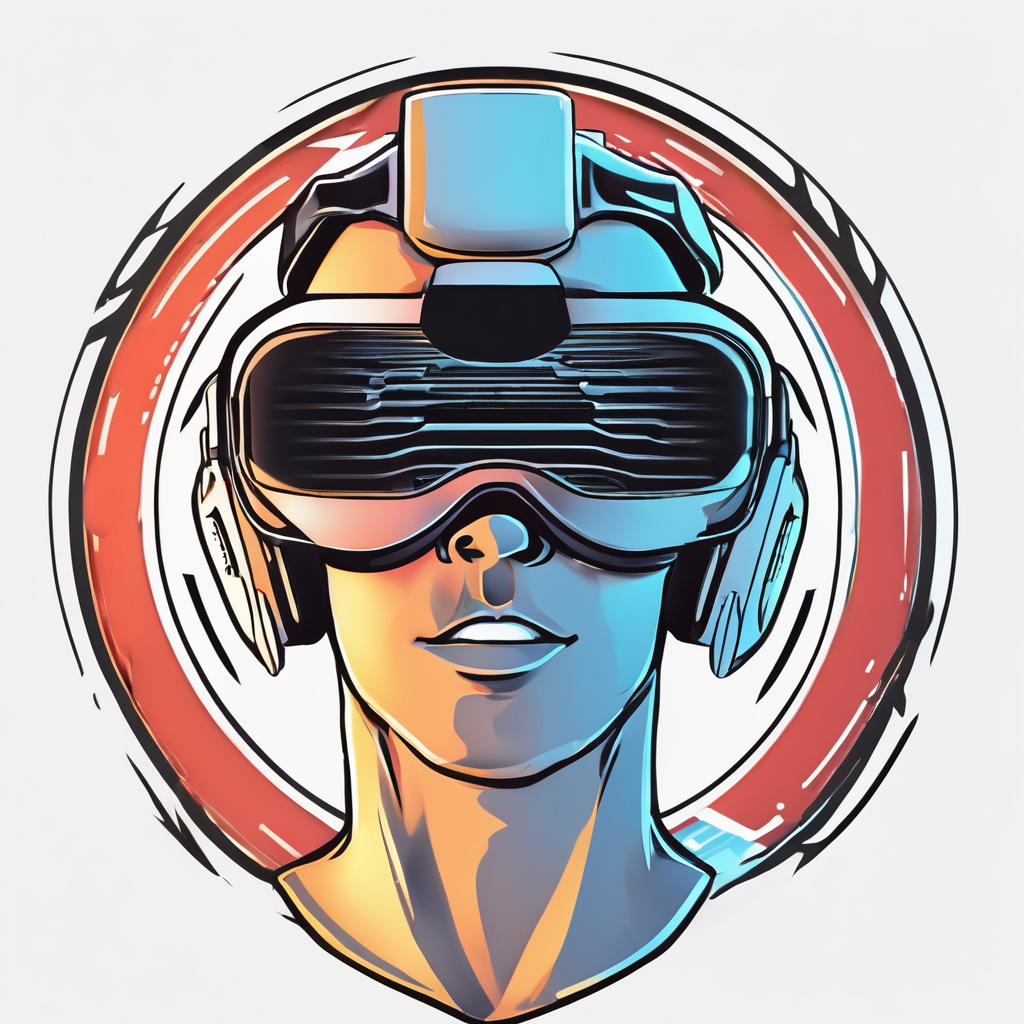In the ever-evolving landscape of technology, the art world is not left behind. Smartphones have become powerful tools that allow us to create, share, and experience art in unprecedented ways. One such innovation is the virtual art gallery, which has democratized the art exhibition process, making it accessible to anyone with a smartphone. In this article, we will explore the comprehensive steps to create a virtual art gallery using your smartphone. Whether you are an artist wanting to showcase your work or an art enthusiast looking to curate an exhibition, this guide will provide you with all the information you need.
Selecting the Right Platform and Software
Creating a virtual art gallery begins with choosing the appropriate platform and software. This initial step is crucial as it will determine the ease of use, customization options, and overall experience of your virtual gallery.
This might interest you : Can You Use Your Smartphone to Control an Autonomous Drone for Landscaping?
Researching Platforms
Firstly, identify platforms that support virtual art galleries. Some popular choices include Artsteps, Kunstmatrix, and Exhibit. Each platform offers unique features and user experiences. For instance, Artsteps provides a highly interactive 3D environment, while Kunstmatrix offers a more straightforward setup with professional-looking results. Take the time to explore each platform, considering factors such as user reviews, cost, and ease of use.
Smartphone Compatibility
Ensure that the platform you choose is compatible with your smartphone. Most modern platforms have apps or mobile-friendly websites. Compatibility ensures that you can create and manage your gallery seamlessly from your device. Check for any specific system requirements and make sure your smartphone meets them.
Topic to read : How to Use Your Smartphone for Managing Smart Agriculture Systems?
Software Tools
Apart from the platform, you may need additional software tools for tasks such as photo editing, 3D modeling, and VR compatibility. Applications like Adobe Photoshop Express, SketchUp Viewer, and Google Cardboard are excellent companions for enhancing the quality and interactivity of your virtual gallery. These tools allow you to edit your artwork, create 3D models of the exhibition space, and even experience your gallery in virtual reality.
Preparing Your Artworks for Display
Once you have chosen your platform and gathered your tools, the next step is to prepare your artworks for display. Proper preparation ensures that your artworks look professional and appealing in the virtual gallery.
High-Quality Images
The cornerstone of any virtual art gallery is high-quality images of your artworks. Use your smartphone’s camera to capture detailed and well-lit photos. Ensure that your camera settings are optimized for high resolution. Natural light is often the best option for capturing the true colors of your artwork, but you can also use studio lights if available.
Editing and Enhancements
After capturing the images, use photo editing software to enhance them. Adjust brightness, contrast, and saturation to ensure the images look vibrant and true to life. Cropping and straightening tools can help you remove any unwanted elements from the photos. Tools like Adobe Photoshop Express or Snapseed are user-friendly and offer a wide range of editing options.
File Formats and Sizes
Different platforms may have specific requirements for file formats and sizes. Generally, JPEG and PNG formats are widely accepted. Ensure that your images are not too large, as this can affect loading times and the overall user experience. Most platforms provide guidelines on optimal image sizes.
Designing the Virtual Gallery Space
Designing the virtual gallery space involves arranging your artworks in a way that is visually appealing and engaging for your audience. This step allows you to bring your creative vision to life.
Layout and Navigation
Consider the layout of your gallery. How do you want your audience to navigate through the space? Some platforms offer templated designs, while others allow for custom layouts. Think about how you can create a flow that enhances the viewer’s experience. For instance, you might want to group artworks by theme or chronological order.
Interactive Elements
Adding interactive elements can greatly enhance the user experience. Features such as clickable information panels, audio descriptions, and embedded videos can provide deeper insights into your artworks. Some platforms allow you to create hotspots that visitors can click on to learn more about each piece.
Virtual Reality Integration
For a truly immersive experience, consider integrating virtual reality (VR) into your gallery. Tools like Google Cardboard or Oculus provide an interactive 3D experience that can make your gallery feel more like a physical space. Although VR integration may seem complex, many platforms offer straightforward options for incorporating VR elements.
Promoting Your Virtual Art Gallery
Creating a stunning virtual art gallery is only part of the process; promoting it effectively is equally important. Successful promotion ensures that your gallery reaches a wider audience and garners the attention it deserves.
Social Media
Leverage social media platforms like Instagram, Facebook, and Twitter to promote your virtual gallery. Create engaging posts and stories that highlight key pieces or features of your gallery. Use relevant hashtags and tag art communities to increase your reach. Hosting live sessions or virtual tours on these platforms can also attract a larger audience.
Email Marketing
Email marketing can be an effective way to reach a more targeted audience. Send out newsletters to your email list announcing the launch of your virtual gallery. Include sneak peeks of the artworks and exclusive insights to entice your audience. Personalized emails often have higher engagement rates, so consider segmenting your email list based on interests and past interactions.
Collaborations and Partnerships
Partner with other artists, galleries, and influencers to promote your virtual gallery. Collaborations can help you tap into new audiences and create a buzz around your exhibition. Consider hosting joint virtual events or featuring guest artists in your gallery.
Analyzing and Improving Your Gallery
Once your virtual art gallery is live and attracting visitors, the final step is to analyze its performance and make necessary improvements. Continual optimization ensures that your gallery remains engaging and up-to-date.
Visitor Analytics
Most platforms provide analytics tools that allow you to track visitor engagement. Pay attention to metrics such as the number of visitors, average time spent in the gallery, and most viewed artworks. These insights can help you understand what works and what doesn’t, allowing you to make data-driven decisions.
Feedback Collection
Collect feedback from your visitors to gain insights into their experience. This can be done through surveys, comment sections, or direct messages. Positive feedback can highlight your strengths, while constructive criticism can guide your improvements.
Regular Updates
Keep your gallery fresh by regularly updating it with new artworks and features. Announce updates through your promotional channels to keep your audience engaged. Regular updates not only attract repeat visitors but also show that your gallery is active and evolving.
Creating a virtual art gallery using your smartphone is an exciting and accessible way to showcase art in the digital age. By following these steps—selecting the right platform, preparing your artworks, designing the gallery space, promoting your exhibition, and continually analyzing and improving—you can create a compelling and immersive virtual art gallery. This innovative approach not only democratizes art exhibition but also provides a unique and engaging experience for both artists and art enthusiasts. So, take out your smartphone and start creating your virtual gallery today. The world is ready to see your art in a new dimension.











